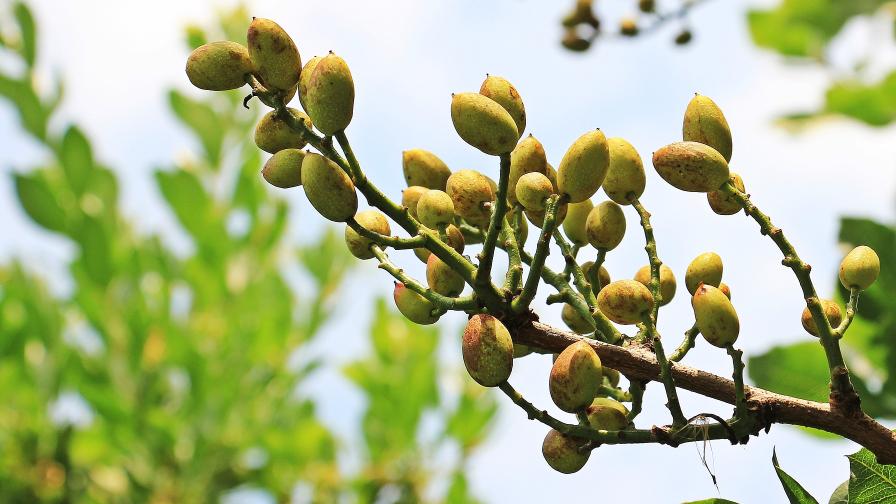How To Improve Your Vineyard’s Soil
All winegrowers know the wines produced from their grapes begin with the soil where their vines are rooted. But knowing that information and acting on it are two different things. If not, why would so many growers be furiously working to change those soils after the vineyard’s established, when it’s a lot tougher and more costly? To help growers avoid headaches caused by soil problems, a group of experts joined for a session on long-term plant and soil health a past Unified Wine & Grape Symposium. Here’s a tasting of their comments on winegrowing and soils.
• Get Tested — When you consider what a vital role the soil plays in wine quality, it seems foolhardy to proceed with planting before testing the soil, said Paul Anamosa of Vineyard Soil Technologies. Anamosa, who has a doctorate in soil fertility and master’s in viticulture, said while tests can run anywhere from $400 to $1,500 an acre, they’re “a drop in the bucket compared to vineyard establishment costs.”
When testing, most growers only consider the soil’s chemistry. That’s indeed critical, but chemistry is often over-emphasized because it’s easier to assess than the other qualities that should be taken into account, such as the physics — i.e. the texture — and biology, such as nematodes, etc. Hire somebody who understands these qualities and can interpret the data, he said, and it helps if the consultant knows your area. “If you’re a North Coast grower, do you really want to use a Central Valley lab?”
• Watch Out For Salt — It seems that no matter where you farm, soil salinity is an issue to consider, said Mark Battany, a University of California Cooperative Extension adviser in San Luis Obispo and Santa Barbara counties. Where he works on the Central Coast, the combination of often poor quality irrigation water and limited soil leaching caused by low rainfall annually adds up to more than a pound of sodium per vine. He showed a photo of a vineyard block in late September where the leaves “were like potato chips.”
The solution can lie in applying large amounts of gypsum to the soil — which is much easier to do pre-planting — along with compost to increase organic content and improve drainage to help leach out the salts. For an existing vineyard, the only answer might lie in changing the source of the irrigation water.
• Take Cover — To really improve soil nutrition, it’s vital for growers to take the long view and be consistent, said Stan Grant of Progressive Viticulture. It takes time to add enough organic matter to improve the soil structure, enhancing the root environment and making nutrients available, but it’s well worth it. All organic matter is good as long as it has no detrimental impacts such as high salts or weed seed, but they can be avoided by planting cover crops, which he said is the best way to get quality organic matter. “In my mind they are the most important soil amendment,” he said, emphasizing that a thick winter cover crop is great for a California vineyard. “For me, the growing season begins in the autumn.”









